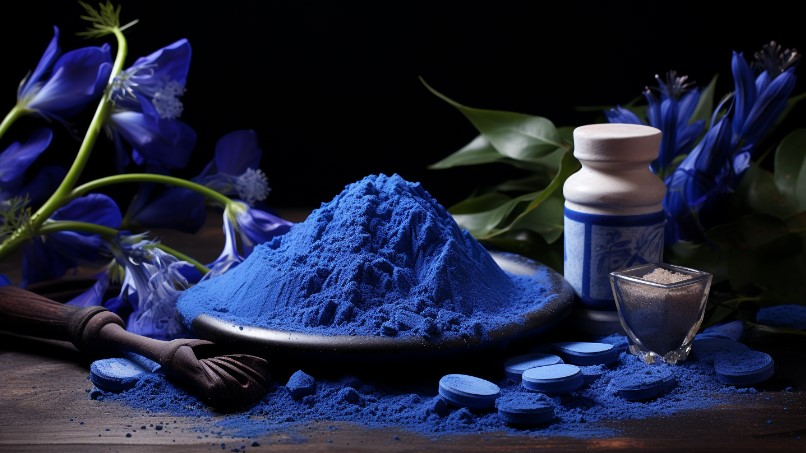What you need to know about natural pigments

Coloring the batter, cream, and dough in the baking can help convey personality and style.
With the help of the coloring, the rainbow cake is amazing, the red velvet cake looks so warm, and the gradient cake is amazing.
But you often don’t know which pigments are healthy and harmless, how to use them properly, and so on.
Food coloring
Food coloring is a kind of pigment, that is, a food additive that can be eaten by people in an appropriate amount and can change the original color of food to a certain extent.
Food coloring is also the same as food flavor, divided into natural and synthetic two. Among them, natural pigments are non-toxic to the human body and have high safety.
Natural pigment
Natural pigments are food pigments obtained from natural resources. Pigments extracted mainly from animal and plant tissues and microorganisms (culture), of which plant-based colorants are the majority.
Natural pigments not only have the function of coloring food, but also a considerable part of natural pigments have physiological activity.
Something you don’t know
1. China is currently the country that allows the use of the most natural pigments in the world.
2, natural pigments can better imitate the color of natural things, coloring the hue is more natural.
3. Some varieties of natural pigments have a special aromatic smell, which can bring a pleasant feeling when added to food.
4, natural pigments have high cost, poor fastness, strong acid and alkali, high temperature, light and so on affect its stability.
5, the natural pigment has more impurities, and it is easy to precipitate when used.
6, natural pigments are not easy to be evenly dyed, and it is difficult to deploy any color by itself.
Choice of natural pigments
What are the common natural pigments that can be used in a variety of foods in appropriate amounts according to production needs:
Beet red, high beam red, citrus yellow
What are the common natural colors for baked goods:
Beet red, high beam red, citrus yellow, turmeric, sodium copper chlorophyll, cochineal red, carmine orange, grape skin red, gardenia blue, etc.
Which natural colors are commonly used in pastries:
Beet red, sorghum red, citrus yellow, turmeric, sodium copper chlorophyll, cochineal red, Carmine orange, grape skin red, gardenia blue, plant carbon black, radish red, grape skin, gardenia yellow, cocoa shell color, capsicum red, gardenia blue, pepper orange, red yeast red, red yeast yellow.
Which are the commonly used natural colors in cookies:
Beet red, sorghum red, citrus yellow, turmeric, sodium copper chlorophyll, cochineal red, Carmine orange, grape skin red, gardenia blue, monascus red, caramel color, cocoa shell color, pepper orange, capsicum red, sodium copper chlorophyll, plant carbon black, gardenia yellow.
Which are the commonly used natural pigments for baking food fillings and hanging pulp on the surface:
Beet red, sorghum red, citrus yellow, turmeric, sodium copper chlorophyll, cochineal red, Carmine orange, grape skin red, gardenia blue, red monascus red, cocoa shell color, pepper orange, pepper red, gardenia yellow, gardenia blue, caramel color.
Proper preservation of natural pigments
1, it is generally stored in the sealed bottle, with a warm wet cloth will be sealed around the leakage of mucus clean. Then, make sure that the cap of the bottle is tight and sealed properly, so that the color of the pigment does not drip on the cabinet or other places.
2, after tightening the cap, finally hold the bottle upside down to see if any food coloring is missing. If the sealing effect of the bottle cap is not good, it may also affect the preservation effect.
3. Store the sealed food coloring in a dry and dark place. In order to avoid the inconvenience caused by missing pigment, it is best to place a layer of cardboard on the place where the pigment seal bottle is placed, or store it in a paper box.
natural pigments supplier: www.backvita.com
Email: [email protected]
Phone: +86 (029) 8187 2325
